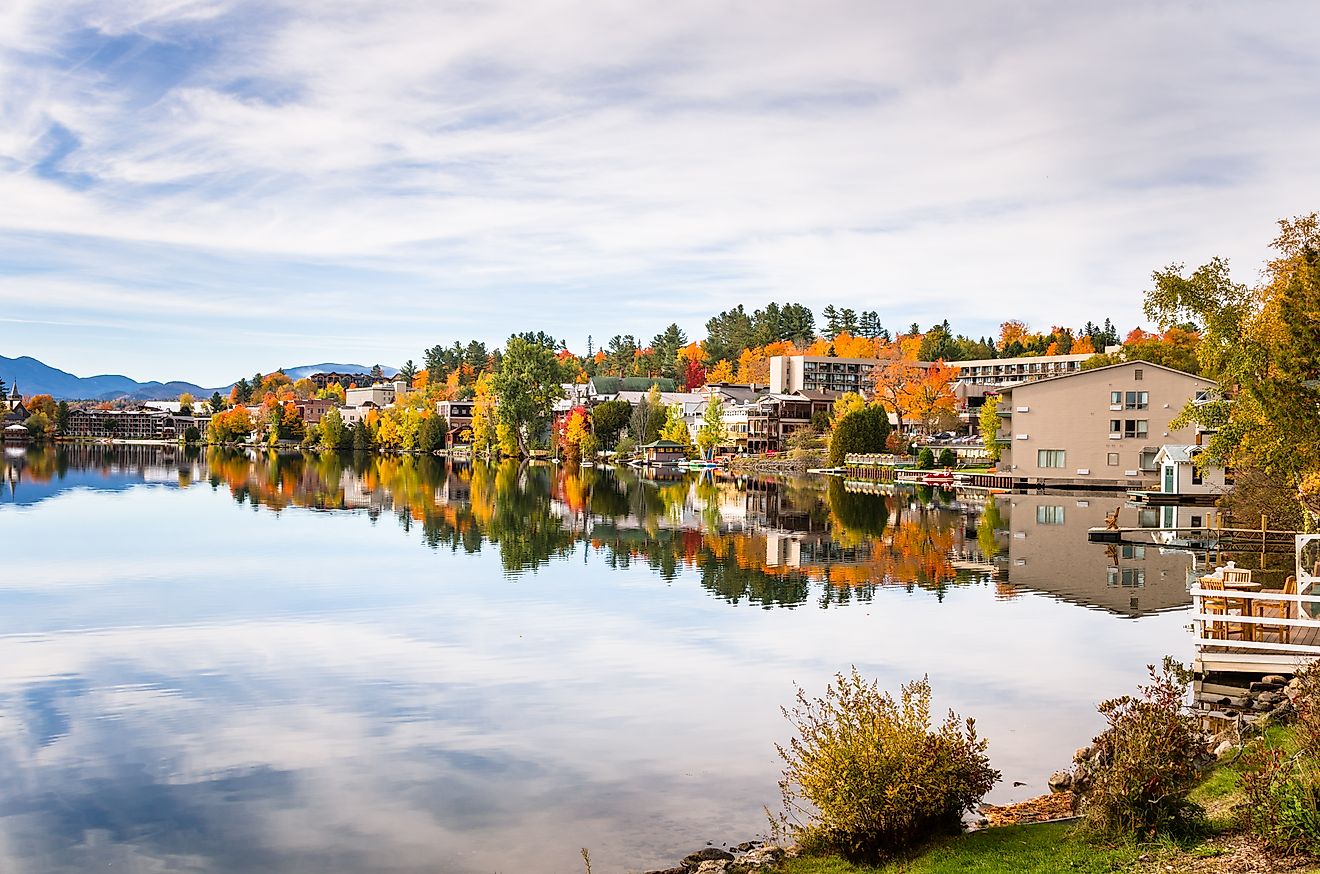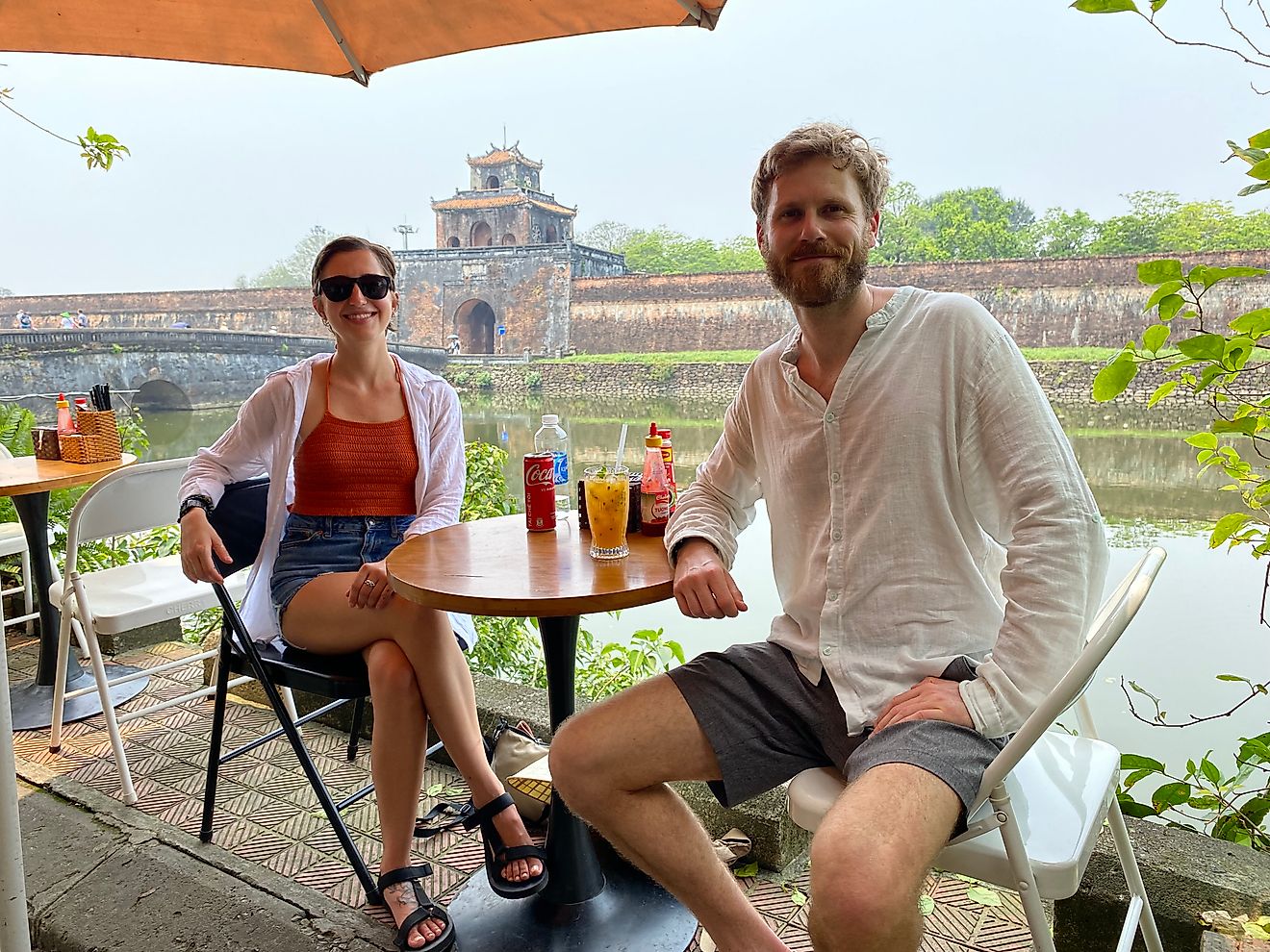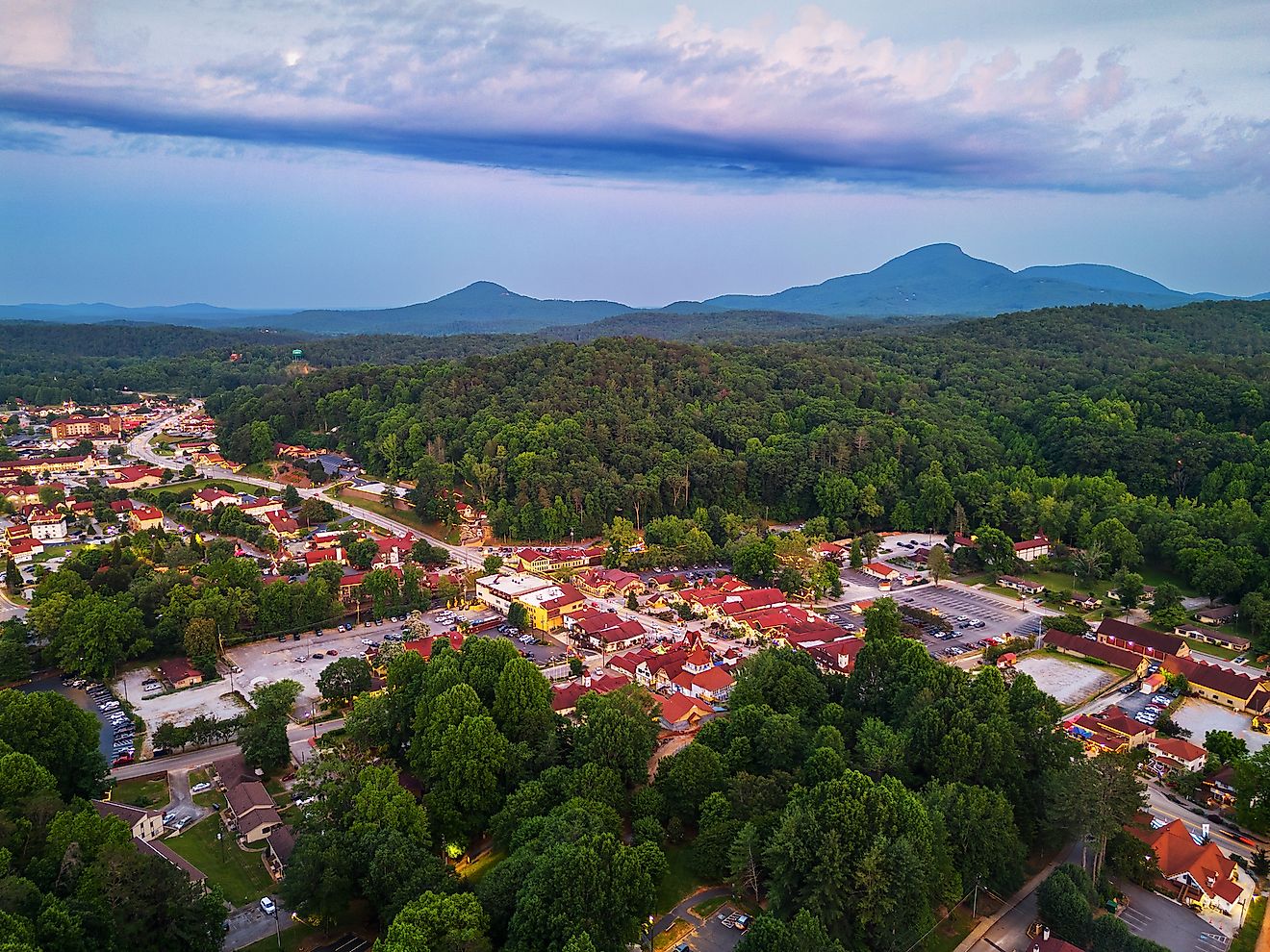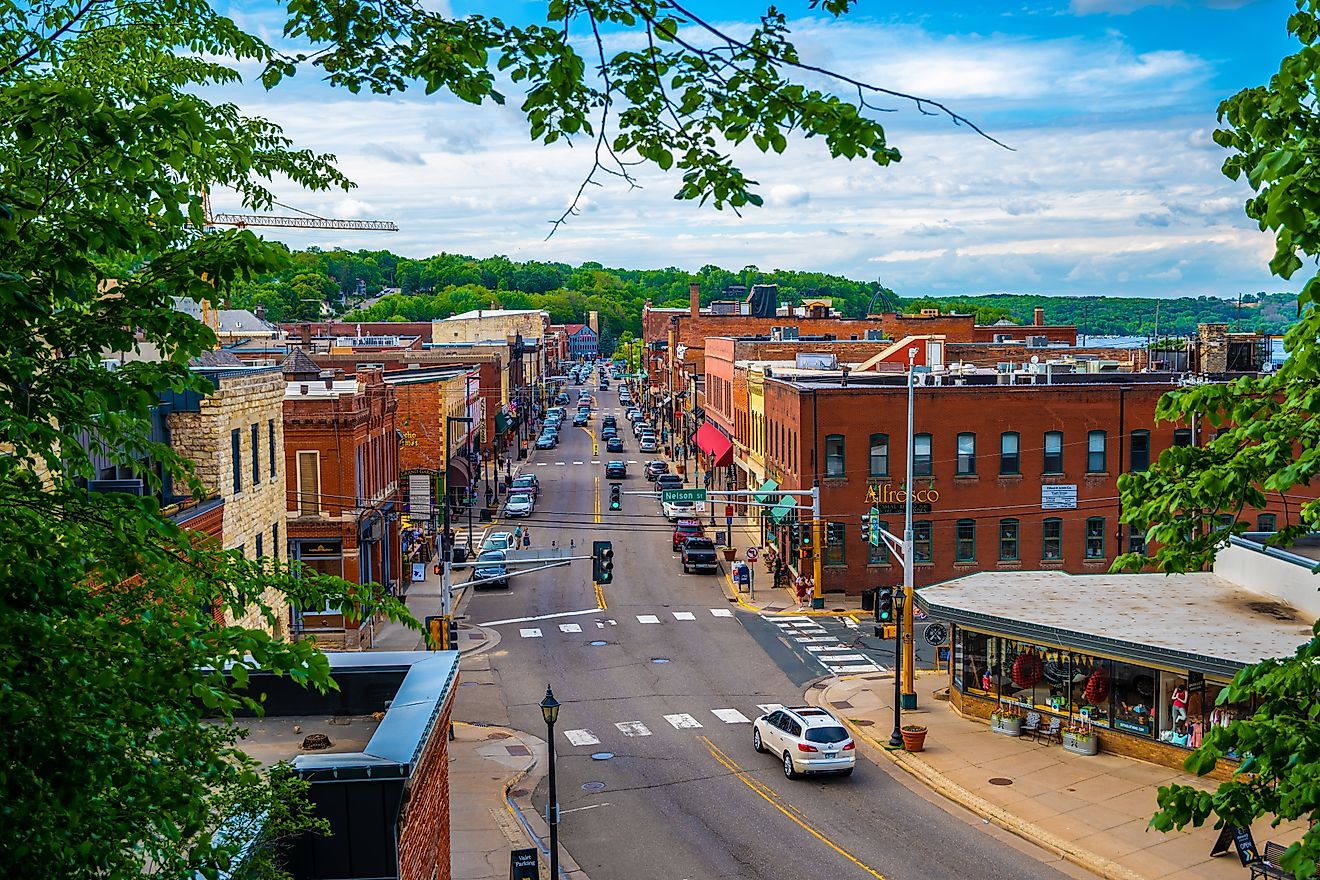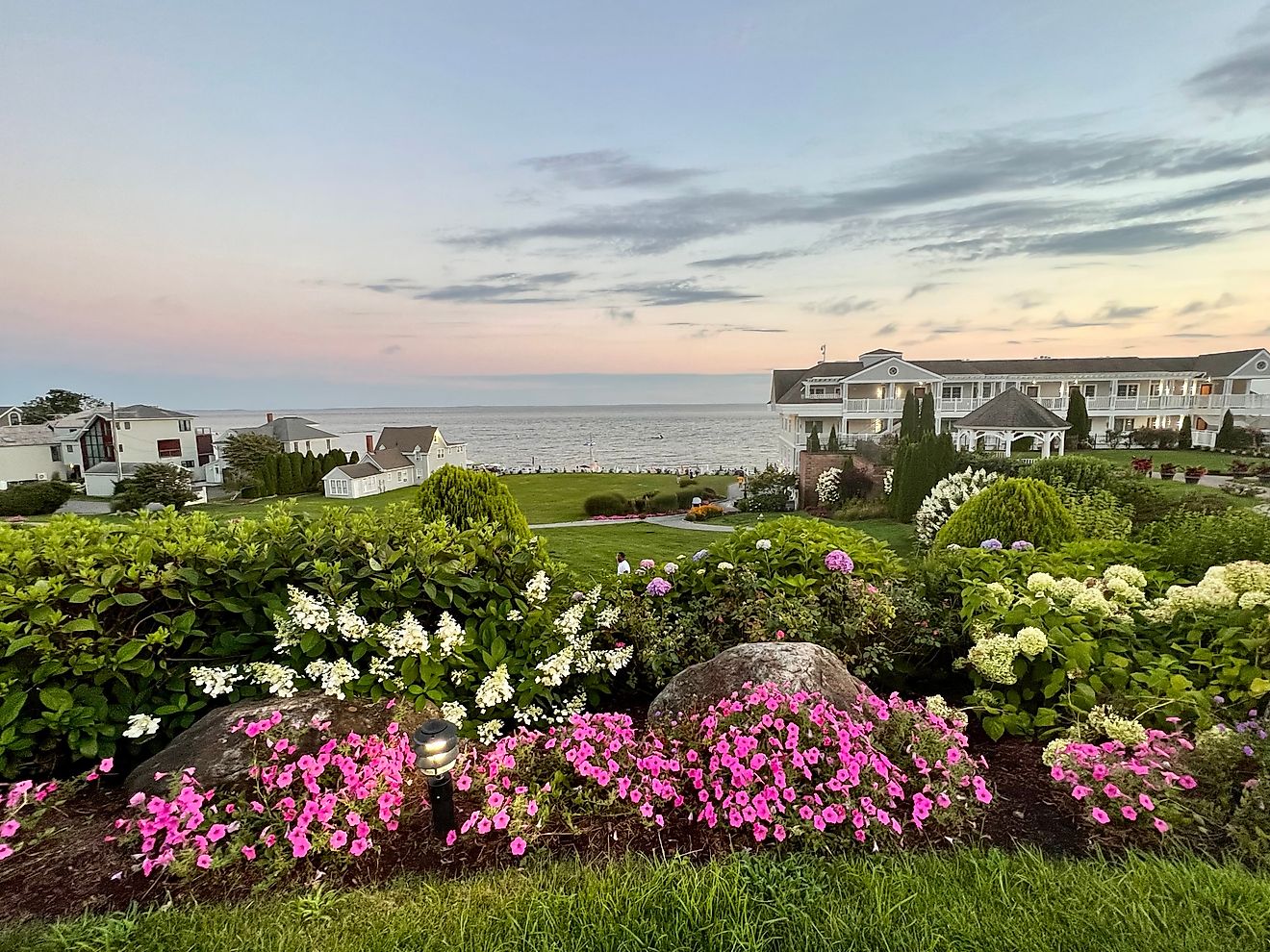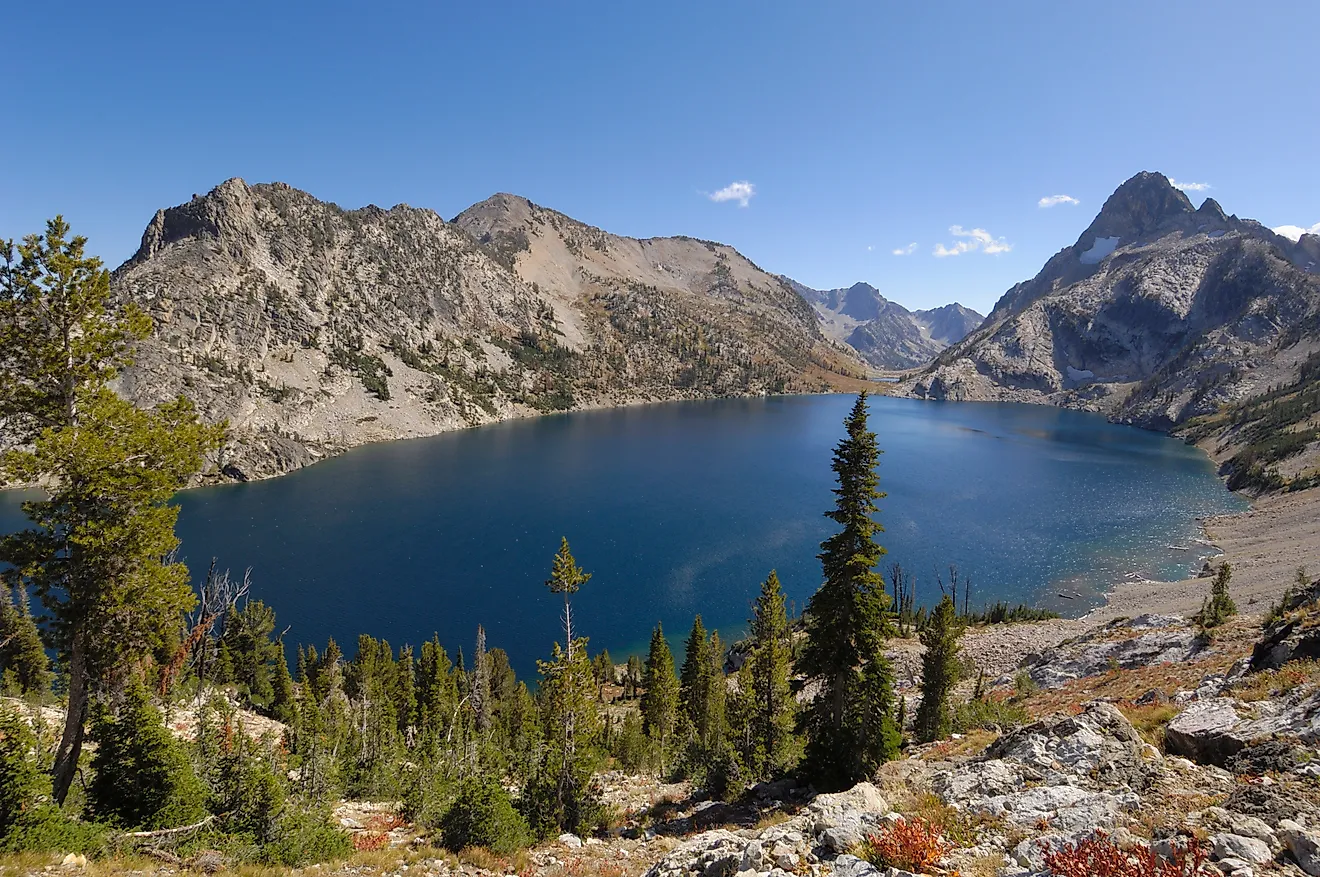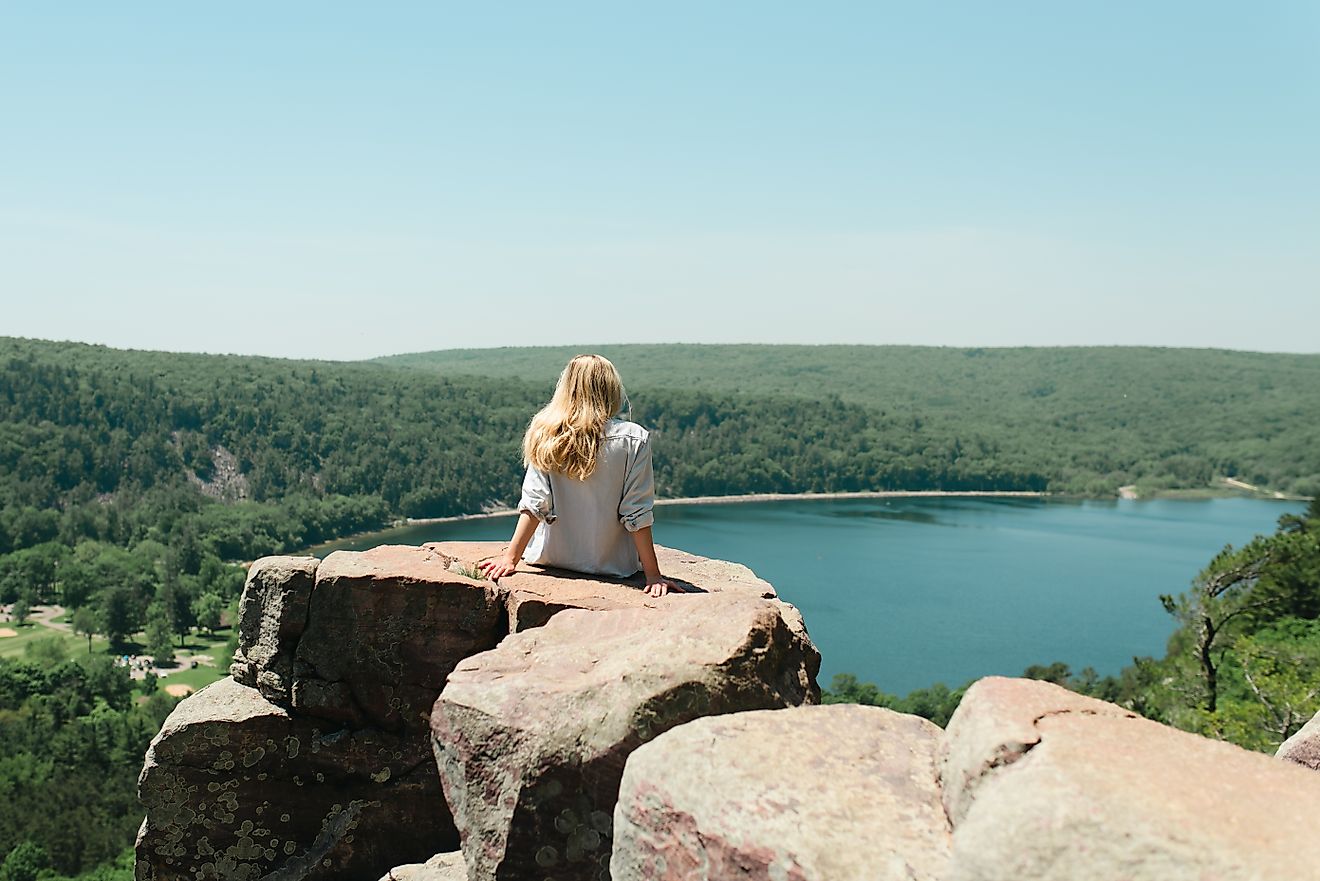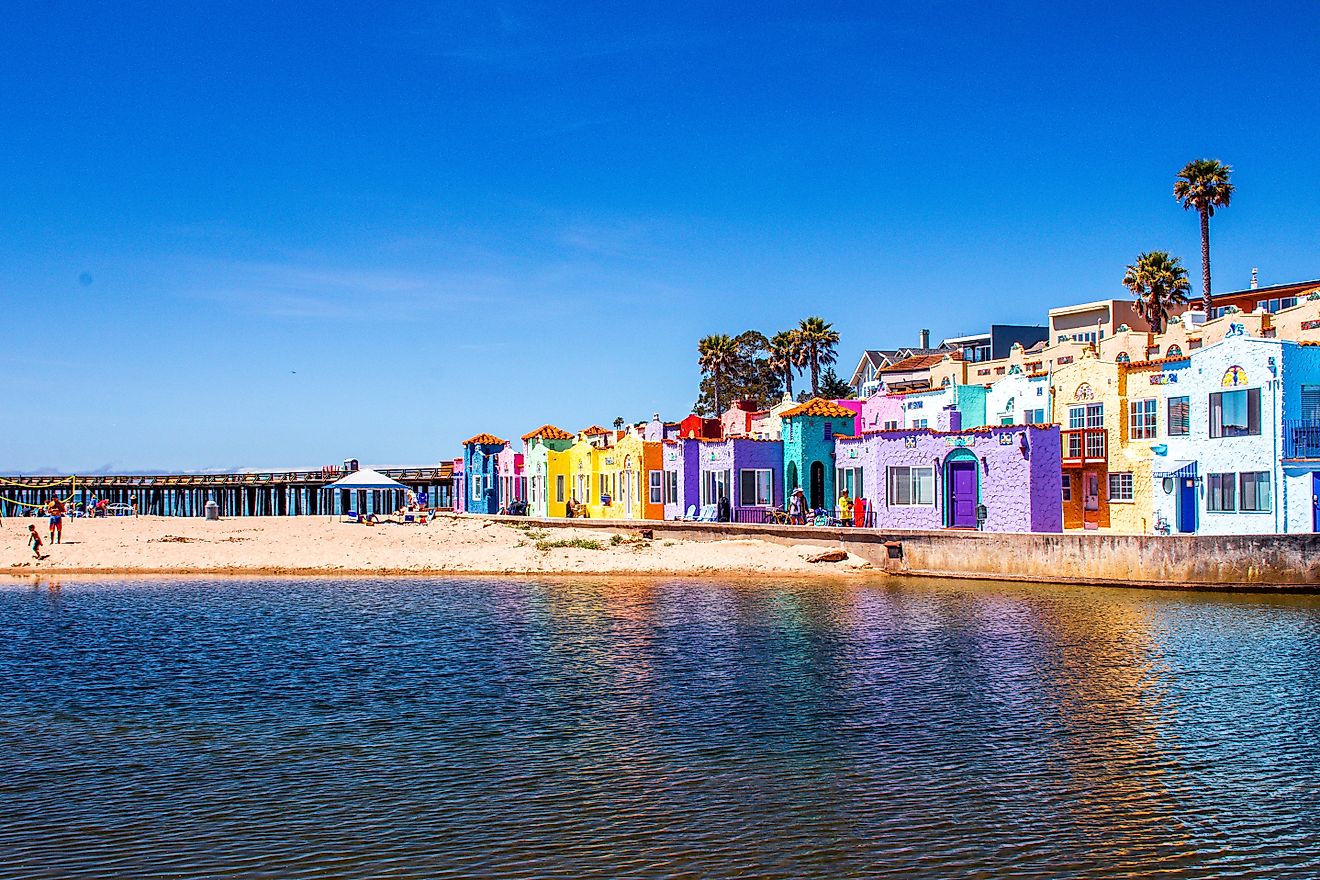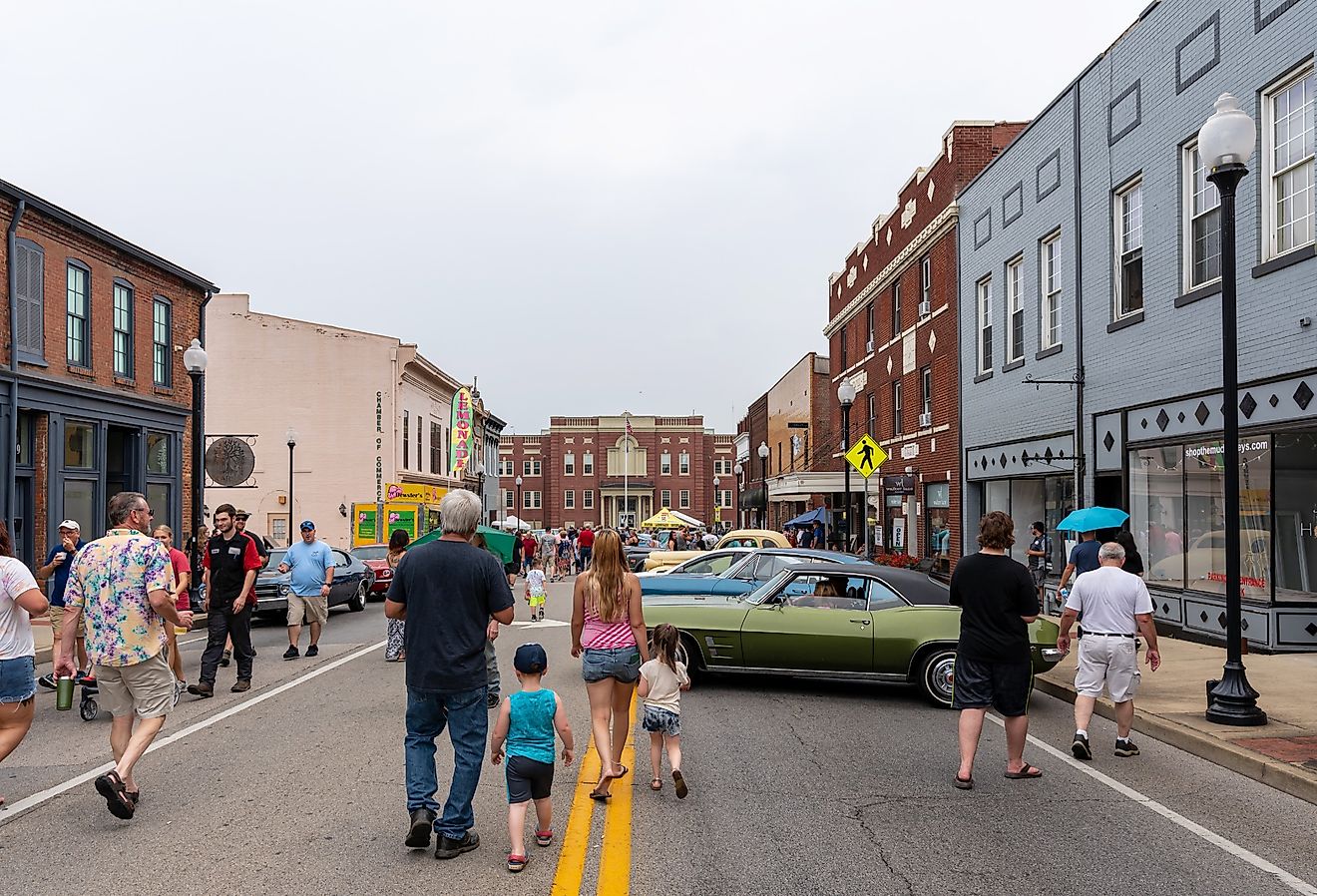UNESCO World Heritage Sites In France

France has about 42 sites that have been inscribed by UNESCO as World Heritage Sites and it is one of the highest totals in the world and this bear testament to its cultural and natural richness. France is undoubtedly one of the most visited European countries due to its cultural, historical, and natural wonders. From the Roman Empire to the French Empire, France has numerous monuments attesting to the country’s history which has made their way to international recognition.
UNESCO World Heritage Sites In France
Amiens Cathedral
Amiens Cathedral has been a cultural world heritage site since 1981. The Cathedral dates back to the 13th century when it was built to host the head of St. John the Baptist. The Cathedral reflects the spectacular Gothic architecture and sophisticated artwork. Rising over 42 meters tall, the Amiens Cathedral is the tallest complete cathedral in the country. In the early 1990s, as restorers laser cleaned the Cathedral’s exterior, it was discovered that the building had originally been decorated with numerous colors. Since the colors could not be restored, a Son et Lumiere show was adopted, where the colors were projected onto the facade. This show is one of the most popular attractions in Amiens. Notably, the Cathedral hosted the wedding between Charles VI and Isabeau of Bavaria in 1385. Having survived intact through World War one and two, the Amiens Cathedral remains one of the best preserved medieval cathedrals in the world.
Carcassonne Historic Fortified City
Carcassonne Historic Fortified City was listed as a heritage site in 1997. Carcassonne is a medieval town which dates back to the Roman period. The town consists of massive 3 km long fortifications which enclose the Count’s castle, ancient buildings, and streets and a cathedral. The city has undergone multiple occupations throughout the centuries, and it was restored by the architect Eugene Viollet-le-Duc in 1853.
The city is very significant since Eugene Viollet-le-Duc is considered as one of the founders of the modern science of restoration and his work in the city was extensive. The restoration has provided a benchmark for subsequent pursuits in the restoration of other medieval structures. Carcassonne is the largest city in Europe whose medieval walls are still intact, and it is subsequently one of the major attractions in France.
Gulf of Porto, Calanche of Piana, Gulf of Girolata, and Scandola Reserve
This natural heritage site in France was inscribed in 1983. The reserve encompasses various landforms from cliffs, caves, islets, wetlands, and beaches and it is part of the larger Regional Park of Corsica. The vegetation on the reserve is a unique example of shrubland alongside other vegetation including red algae and oak trees. The reserve, apart from boasting an abundant marine life, is home to the bearded vulture, osprey, seagulls, sea eagles, Cory’s shearwater, and Eleonora falcon. Cruising across the reserve is a popular tourist activity, and its integrity is well protected by the French government.
Versailles Palace and Park
The Versailles Palace and Park have been a cultural heritage site since 1979. The site’s history began in 1623 when a hunting lodge was built by Louis XII and later expanded by Louis XIV. After being home to the government of Louis XIV, the Place served as the unofficial capital for Louis XV and Louis XVI. The palace remained the unofficial capital until 1789 during the French Revolution. The Palace thus represents the system of absolute monarchy during the Ancient Regime.
The palace is ostentatious, having been embellished throughout the years by multiple architects, sculptors, and decorators. The palace’s splendor culminates in its park with well-landscaped gardens, flowers, and fountains. The Hall of Mirrors is one of the major attractions of the palace. The palace made history when the Treaty of Versailles was signed there in 1919 to end World War I. The palace occasionally hosts joint sessions of the country’s legislature. The Palace of Versailles was the ideal in which other European royal residences were fashioned.
Other UNESCO World Heritage Sites In France
The Reunion Islands Pitons, Cirques and Remparts (2010) and New Caledonia Lagoons, Reefs and Associated Ecosystems (2008) are the other two natural heritage sites. The French Pyrénѐes and Mount Perdu, inscribed in 1997, is a mixed heritage site. Other cultural heritage sites are Albi Episcopal City (2010); Ardѐche Grotte Chauvet-Pont d’Arc (2014).
UNESCO World Heritage Sites In France
| UNESCO World Heritage Sites in France | Year of Inscription; Type |
| Albi Episcopal City | 2010; Cultural |
| Amiens Cathedral | 1981; Cultural |
| Ardèche Grotte Chauvet-Pont d’Arc | 2014; Cultural |
| Arles Roman and Romanesque Monuments | 1981; Cultural |
| Avignon Historic Center, Papal Palace, Episcopal Ensemble, and Avignon Bridge | 1995; Cultural |
| Belfries of France | 1999; Cultural |
| Bordeaux Port of the Moon | 2007; Cultural |
| Bourges Cathedral | 1992; Cultural |
| Burgundy Climats, Terroirs | 2015; Cultural |
| Canal du Midi | 1996; Cultural |
| Carcassonne Historic Fortified City | 1997; Cultural |
| Causses and Cévennes Mediterranean Agro-Pastoral Cultural Landscapes | 2011; Cultural |
| Champagne Hillsides, Houses, and Cellars | 2015; Cultural |
| Chartres Cathedral | 1979; Cultural |
| Fontainebleau Palace and Park | 1981; Cultural |
| Fontenay Cistercian Abbey | 1981; Cultural |
| French Pyrénées and Mont Perdu | 1997; Mixed |
| Gulf of Porto, Calanche of Piana, Gulf of Girolata, and Scandola Reserve | 1983; Natural |
| Le Havre, the City Rebuilt by Auguste Perret | 2005; Cultural |
| Loire Valley between Sully-sur-Loire and Chalonnes | 2000; Cultural |
| Lyons Historic Site | 1998; Cultural |
| Modernist Architectural Works of Le Corbusier in France | 2016; Cultural |
| Mont-Saint-Michel and its Bay | 1979; Cultural |
| New Caledonia Lagoons, Reefs, and Associated Ecosystems | 2008; Natural |
| Nord-Pas de Calais Mining Basin | 2012; Cultural |
| Notre-Dame Cathedral, Saint-Rémi Abbey, and Tau Palace in Reims | 1991; Cultural |
| Orange Roman Theatre and the "Triumphal Arch" | 1981; Cultural |
| Paris and the Banks of the Seine | 1991; Cultural |
| Place Stanislas, Place de la Carrière, and Place d'Alliance in Nancy | 1983; Cultural |
| Pont du Gard Roman Aqueduct | 1985; Cultural |
| Prehistoric Pile dwellings around the Alps | 2011; Cultural |
| Provins, Town of Medieval Fairs | 2001; Cultural |
| Reunion Island Pitons, Cirques, and Remparts | 2010; Natural |
| Routes of Santiago de Compostela in France | 1998; Cultural |
| Saint-Emilion Jurisdiction | 1999; Cultural |
| Saint-Savin sur Gartempe Abbey Church | 1983; Cultural |
| Salins-les-Bains Great Saltworks and the Royal Saltworks of Arc-et-Senans | 1982; Cultural |
| Strasbourg–Grande île | 1988; Cultural |
| Vauban Fortifications | 2008; Cultural |
| Versailles Palace and Park | 1979; Cultural |
| Vézelay Church and Hill | 1979; Cultural |
| Vézère Valley Prehistoric Sites and Decorated Caves | 1979; Cultural |
